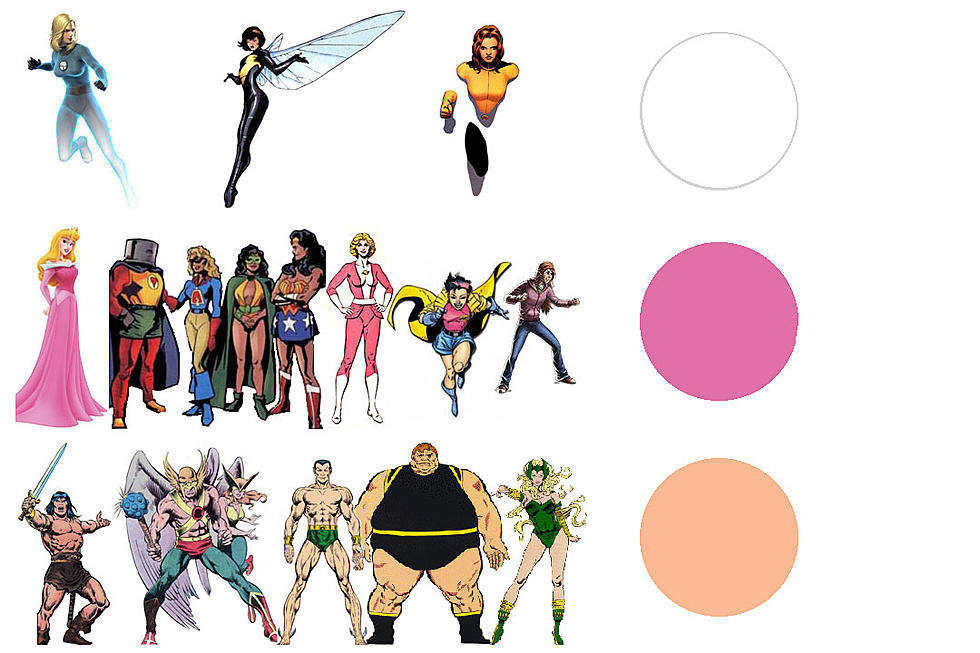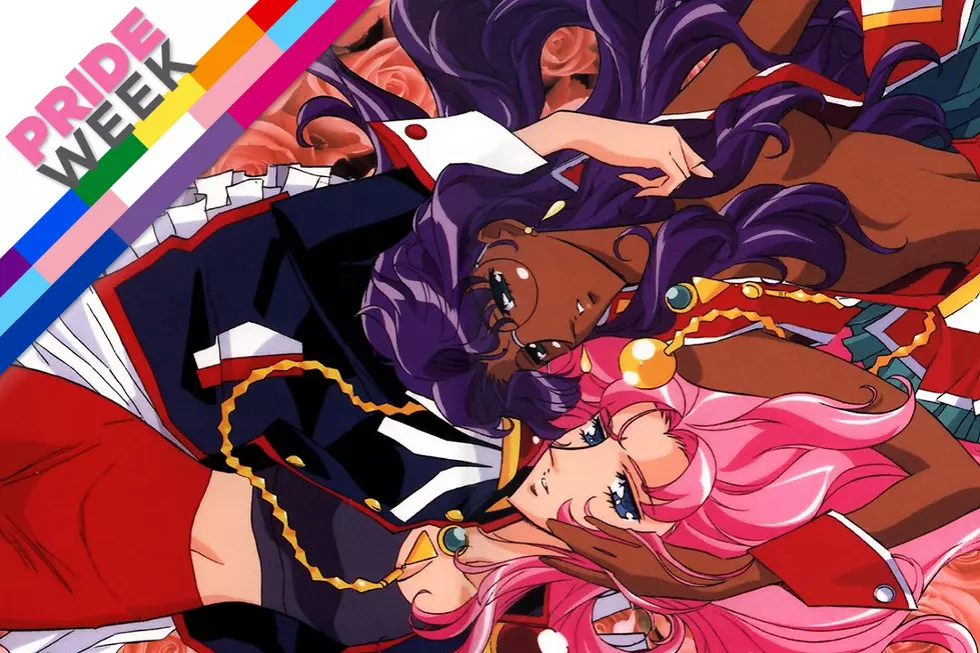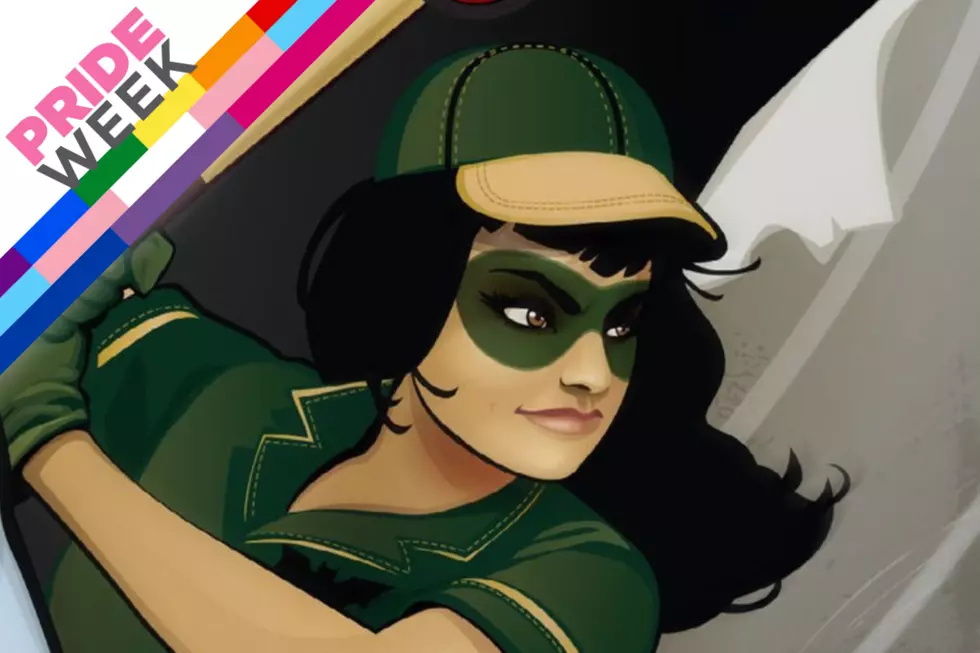
Preacher Ma'am: Does 'Until the End of the World' Hold Up?
As someone who thought she was a dude in the late 1990s, Preacher was the comic I looked forward to every month more than any other. As someone who knows she isn’t a dude in the mid-2010s, I’m looking back on this series and examining what still works, what doesn’t work, and what its lasting legacy is.
If Gone to Texas was the fizzle, Until the End of the World is the bang. The second collection, by Garth Ennis and Steve Dillon, with colors by Matt Hollingsworth, letters by Clem Robbins, and covers by Glenn Fabry, includes issues #8 through #17, and it's where Preacher truly takes off for me, all because of the lead-in story, which gives the collection its title.




![The Case for Paradise Island As Lesbian Utopia [Pride Week]](http://townsquare.media/site/622/files/2016/06/amazons_featured.jpg?w=980&q=75)




